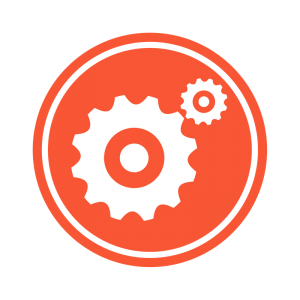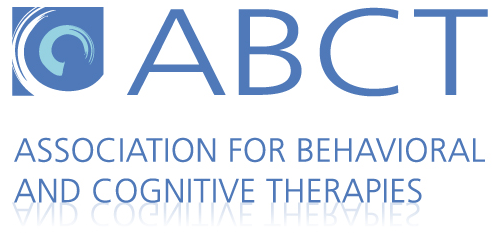Inattention & Hyperactivity (ADHD)
Created on August 5, 2017. Last updated on March 6th, 2024 at 04:51 pm
Take me to the effective therapies for ADHD
 Children with attention deficit/hyperactivity disorder (ADHD) have problems due to a short attention span, impulsivity, and/or hyperactivity. Children with ADHD often have difficulties at home, during school, or with other children. For instance, children with ADHD may not complete tasks, follow rules, or get along with friends.
Children with attention deficit/hyperactivity disorder (ADHD) have problems due to a short attention span, impulsivity, and/or hyperactivity. Children with ADHD often have difficulties at home, during school, or with other children. For instance, children with ADHD may not complete tasks, follow rules, or get along with friends.
What is Attention Deficit/Hyperactivity Disorder (ADHD)?
Children and adolescents with ADHD show difficulties with inattention, hyperactivity, and impulsive actions beyond what would be expected for their age. Inattention includes difficulty focusing, being easily distracted, disorganization, and forgetfulness.
There are three types of ADHD, which are listed below, along with their symptoms:
ADHD Predominately Inattentive:
Children with this type of ADHD frequently display at least six of the following symptoms:
- Do not pay close attention to details or make careless mistakes
- Have difficulty paying attention
- Do not appear to listen
- Struggle with following instructions (or finishing tasks on time)
- Have difficulty getting organized (or managing time)
- Avoid or dislike tasks that require a lot of thought
- Lose things
- Are easily distracted
- Are forgetful in daily activities
ADHD Predominately Hyperactive-Impulsive:
Children with this type of ADHD frequently display at least six of the following symptoms:
- Fidget with hands or feet
- Have difficulty staying seated
- Run about or climb excessively
- Have difficulty working or playing quietly
- Act “motorized”(i.e., are often restless and have trouble being still)
- Talk a lot
- Blurt out answers to questions or finish other people’s sentences
- Have difficulty waiting or taking turns
- Interrupt or intrude upon others
ADHD Combined:
These children are hyperactive and have trouble paying attention. They frequently show at least six symptoms from both of the lists above.
To be diagnosed with ADHD, children must show some symptoms before they are 12 years old. They also must have difficulties in at least two settings, such as at home and at school.
There is no single test to diagnose ADHD. The best way to find out whether your child has ADHD is to have him or her see a pediatrician, psychiatrist, psychologist, neurologist, or social worker familiar with ADHD. A visit with the doctor will help to diagnose the child and also determine if the child may have other conditions.
You child’s visit to the doctor should include a look at:
- Medical history
- Growth and development history
- Success/challenges in school
- Other areas of performance (i.e., interactions with family and peers)
- Family history
- Information from parents and teachers
Effective Therapies for ADHD
Children with ADHD usually need more than one type of treatment to meet their needs. Medication and/or behavior management training for parents and teachers have been shown to be most effective. Additionally, your child’s doctor or a psychiatrist can prescribe medicine.
Psychologists, counselors, and social workers can help with the child’s behavior. You can also talk to your child’s teacher, school counselor, or school psychologist about support for your child at school.
Behavioral approaches and organizational interventions are the most effective non-medical, evidence-based therapies for children and adolescents with ADHD. These include:
- Behavioral parent training (BPT)
- Behavioral classroom management (BCM)
- Behavioral peer interventions (BPI)
- Combined behavior management interventions
- Organization training
The chart below includes more information on the different forms of evidence-based child and adolescent therapies for ADHD. These therapies have been tested by researchers and clinical child and adolescent psychologists, and ranked based on the evidence that shows how effective they have been in the treatment of ADHD.
| Level One: Works Well |
|
| Level Two: Works |
|
| Level Three: Might Work |
|
| Level Four: Unknown/Untested |
|
| Level Five: Tested and Does Not Work |
|
Therapies and Terms Defined:
- BPT: behavioral parent training
- BCM: behavioral classroom management
- BPI: behavioral peer interventions
To find out more about how these treatment levels are defined, click here.
Source:
Evans, S., Owens, J., & Bunford, N. (2014). Evidence-based psychosocial treatments for children and adolescents with attention-deficit/hyperactivity disorder. Journal of Clinical Child and Adolescent Psychology, 43(4), 527-551. https://doi.org/10.1080/15374416.2013.850700







